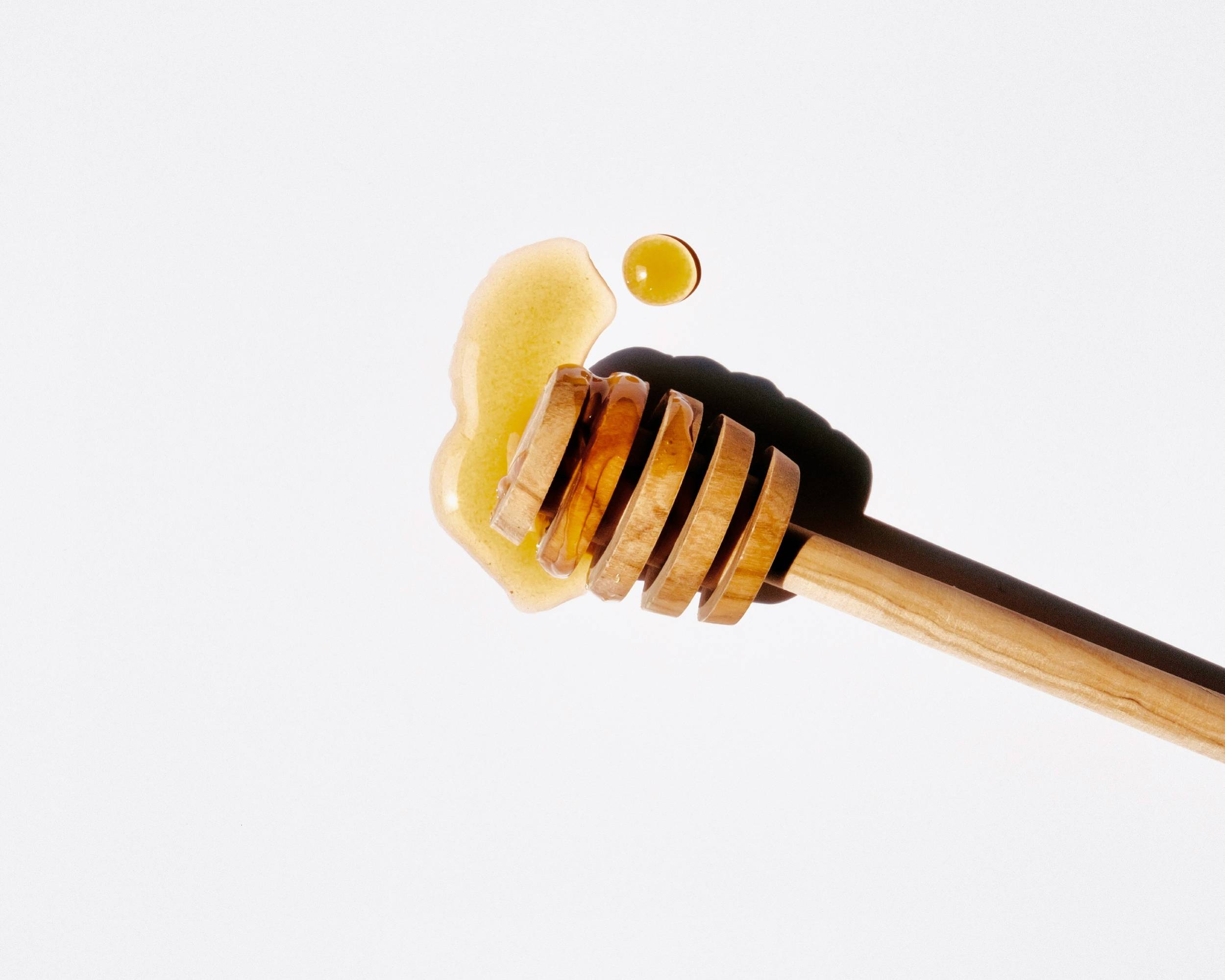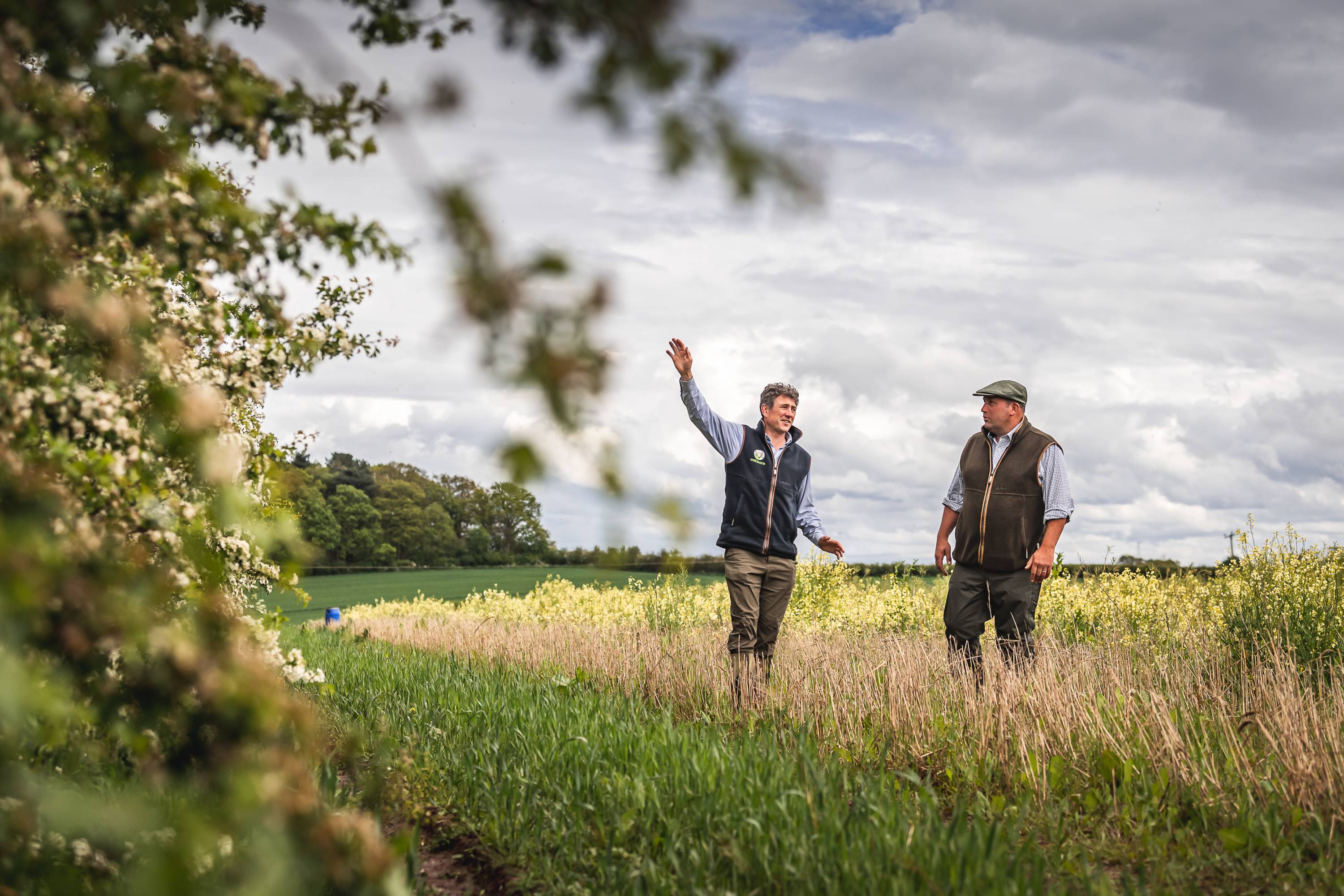

The magic of a black grouse lek
It is one of nature’s true spectacles, but it is also a rare sight nowadays, largely confined to areas where habitat provision and predator control are central to moorland management. Recently, we travelled north to learn more about black grouse, their remarkable annual display, and what is being done to help the species.
Few things can bring me to the height of my senses at 5am in the morning without coffee, but a new experience recently proved itself quite capable of the feat, no double espresso or cold plunge required.
It happened in the middle of a moor in the North Pennines and started in the pitch dark. A frigid breeze flowed steadily through the front of the hide I had crawled into, bringing with it a curious cacophony of sounds that confirmed our small party of four was not alone.
As black turned to blue, the noises – a non-stop chorus of warbling, cooing, bubbling, fizzing and rasping – grew louder and more varied. Then, with the first light of day, as though the grand vape of a West End theatre had been slowly pulled to one side, the most remarkable scene opened up about us.
Just a short distance away, across an area no larger than a tennis court, black grouse shuffled around in vibrant livery, a puffed-up show of iridescent feathers. The bright white of the cock birds’ splayed rumps punctuated the pastel hues of dawn as the pumped-up combatants defended their positions with a gentlemanly display of posturing. Again and again, they met one another with chests held high, ready to strike with beak and claw.
Thanks to Matt Ridley, owner of a moor in the North Pennines, and Tarquin Millington-Drake, a passionate conservationist who had arranged the experience as part of his ‘Why Moorlands Matter’ initiative (more on that at a later date), we had ringside seats to watch the black grouse lek, one of nature’s true spectacles.
In the first of the sun, the blood-red wattles of the males took on a new brilliance. The grey hens, meanwhile – for whom the whole show is put on – scuttled around in more humble fashion, keeping a low profile. In the background, as if to remind us that this annual breeding-right-winning performance was just one act in a bigger concert, curlews cried, redshanks trilled, lapwings tumbled with aerobatic flair, and skylarks serenaded us from up high.
Several counts throughout the morning put the total number of black grouse on this lek – one of five on the estate – at 24, 15 of which were males. It was fascinating; a couple of hours felt like 10 minutes. But, despite its remarkable predictability (birds will return to the exact same sites year after year in April and May), it doesn’t happen by coincidence…
The status of the black grouse in the UK
The black grouse (Lyrurus tetrix) is a red-listed species as per the UK Birds of Conservation Concern. In 2016, when the British Trust for Ornithology (BTO) last estimated the species’ population, a figure of 4,850 breeding males was settled on. It is widely known that the black grouse, once a common bird right across the UK, has been in long-term decline. Up until 1922, the species could be found in every county in England; nowadays it is restricted to upland areas of Britain – and moorlands managed for (red) grouse shooting, where habitat management and predator control take centre stage, are strongholds for the species.
The black grouse’s decline is attributed to several factors:
Habitat loss: Black grouse favour a patchwork quilt of habitat, particularly that between young forest and moorland heath. They seek shelter in inclement weather in the former, feeding on tree buds in the spring, before heading to more open ground in summer where they nest and forage with their young among heathland plants and shrubs.
Changes to forestry practices: Today’s commercial plantations have more distinct edges than woodlands of old which tapered off to heathland in sparser fashion. While black grouse like the ground cover in young plantations, they do not favour the monoculture typical of mature coniferous forests.
Over-grazing: In areas where herbivores such as sheep and deer live in particularly high densities, the ground cover which black grouse rely on when foraging for insects with their chicks is impacted.
Increased predation and mortality: Where active predator control is absent, corvids, mustelids and foxes affect black grouse survival. Forest deer fences are also regarded as a cause of mortality.
A GWCT project: black grouse translocation
From the late 90s to 2006, conservation initiatives in England seemed to halt the decline, increasing numbers of black grouse, though the species’ range did not increase. The reason for this, it is thought, being the propensity of young females to travel much further from their birth sites than the more reluctant young males.
Eager to understand more about this, scientists from the Game and Wildlife Conservation Trust (GWCT) launched a study in 2006 to assess the effects of translocation.
With the aim of stimulating range expansion on the southern edge of where the species was found, males were caught from donor leks and moved to special sites just outside their current range. Over the course of nine years, 62 birds were translocated to release sites in the Yorkshire Dales National Park and Nidderdale AONB. Crucially, they were only taken from stable and established lekking sites where there numbered 10 or more blackcocks and breeding success was equal to or above the average. Each of the translocated birds was fitted with a satellite tag so movements could be accurately monitored.
In the spring following their release, 48 of the birds were still alive, of which 47 were observed displaying at lek sites – some established and some new. The established leks persisted and between 2006 and 2015, the total number of displaying males at the release areas increased from one male to 44 males across 14 lek sites. It was concluded that the translocation of male black grouse helped to recolonise previously occupied areas on the southern edge of the established population range, and that, “where habitats are suitable and predator control is performed, translocation can be a useful tool to help stimulate range expansion”.
Helping the black grouse today
Research conducted in 2022 by the GWCT showed that 96 per cent of all black grouse in England live on the edge of moors managed for red grouse. Thanks to the efforts of landowners like Matt Ridley, the population of black grouse remains stable on moorland in the North Pennines.
But such isolated populations are vulnerable to climate change and extreme weather. In an effort to address this, the GWCT, with £162,750 funding from Natural England’s Species Recovery Programme, is embarking on a new two-year project.
The project aims to increase breeding success of the species and re-establish populations in places where conditions – specifically rainfall and temperatures in June – may be more suitable than within their current range.
Fifteen females will be fitted with GPS tags so scientists can build a greater understanding of brood foraging habitats, the range that females forage within, and roosting locations. This data will be supplemented with that relating to insect abundance, sward height, structure and composition.
The second measure, translocation, will involve the reintroduction of black grouse into suitable areas in the North York Moors where there is lower rainfall than on the higher altitude sites of the North Pennines and predator control is undertaken by gamekeepers.
It is thought these areas will have the potential to support at least 100 males. Birds will be donated from grouse moors in the North Pennines and equipped with radio-transmitters to allow the study of settlement patterns, survival and lekking behaviour. Ultimately, it is hoped that the evidence gathered during the project will help to guide broader, landscape-scale approaches to management of moorland fringe areas, bolstering available habitat for the black grouse and increasing its range to help mitigate against the impacts of climate change in the future.























